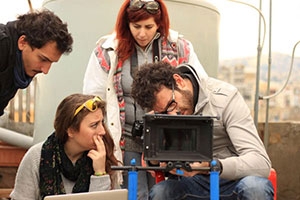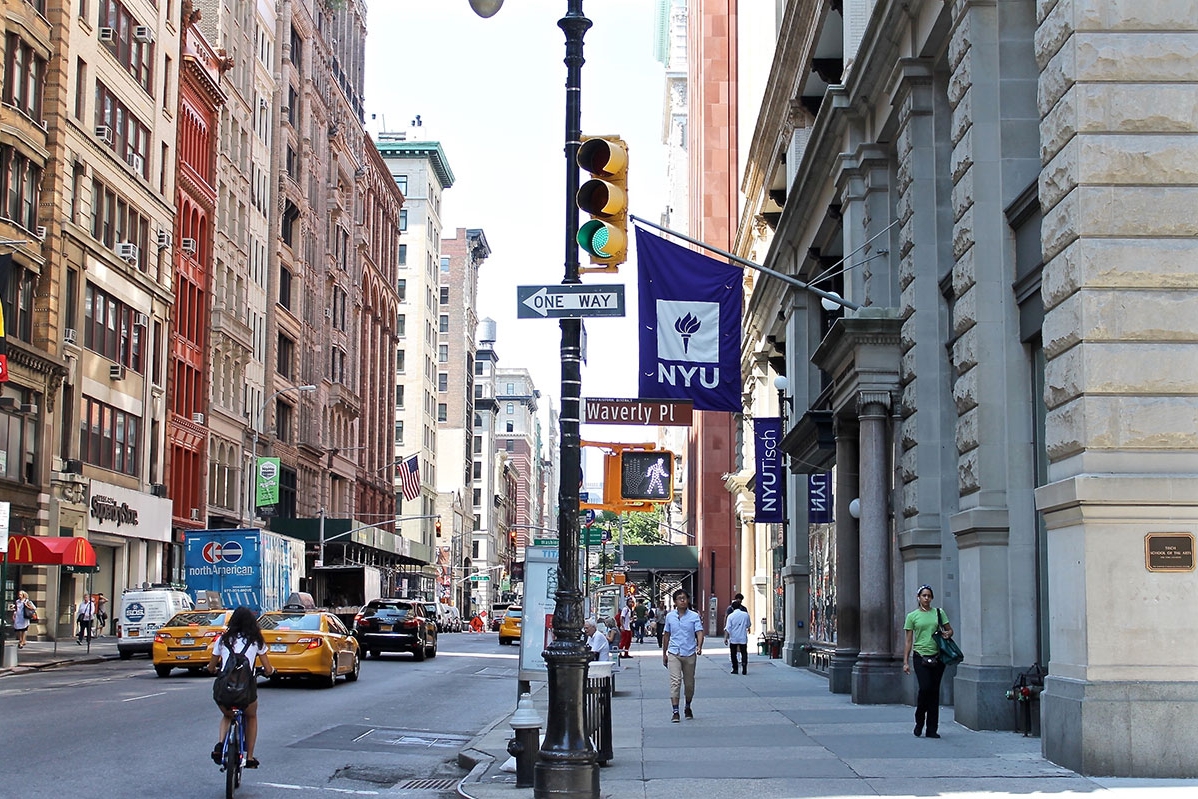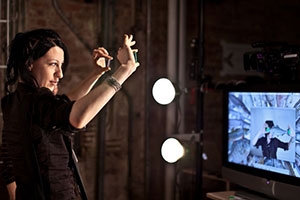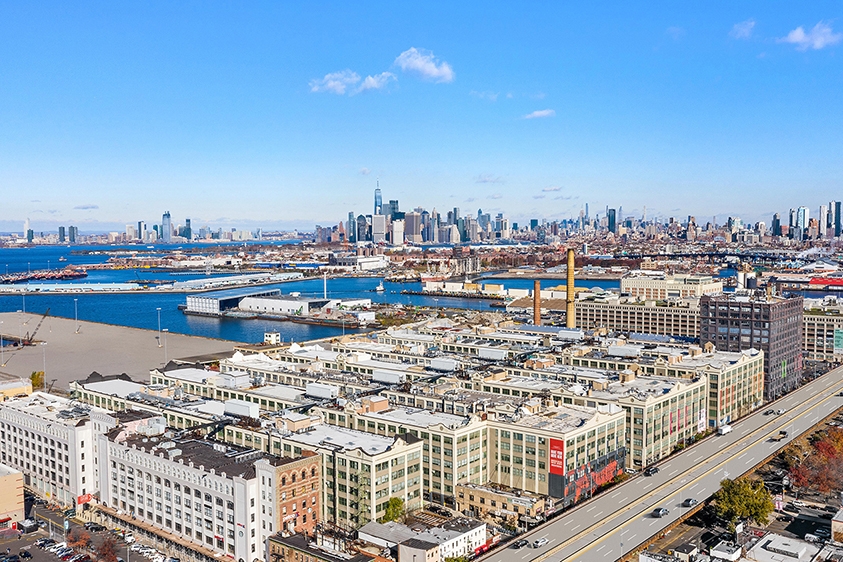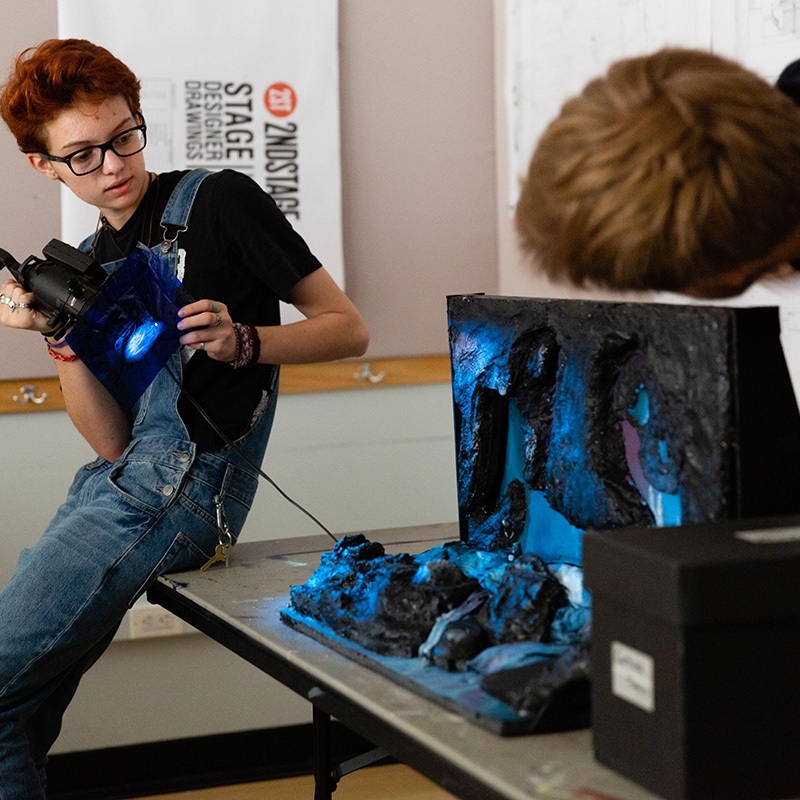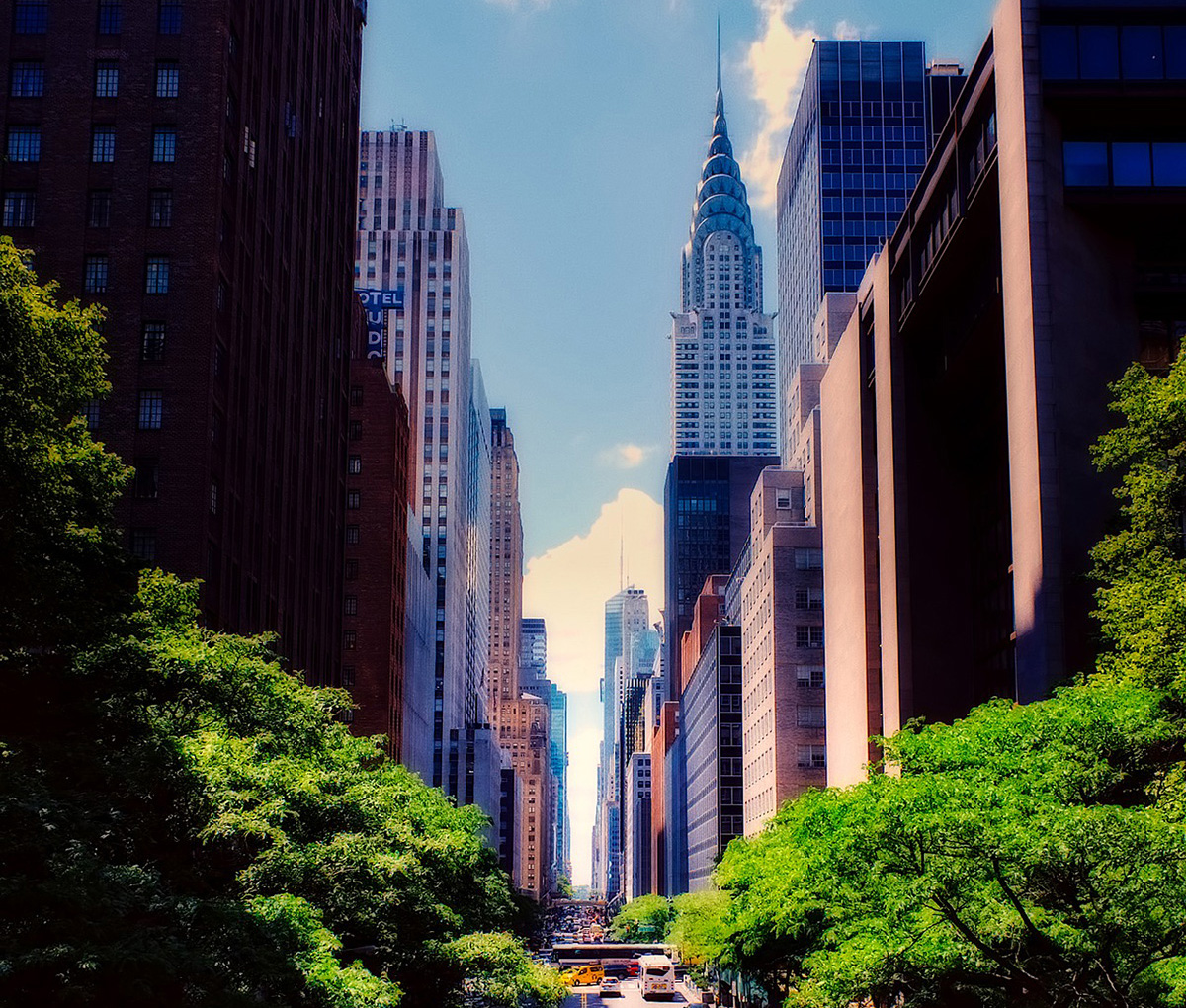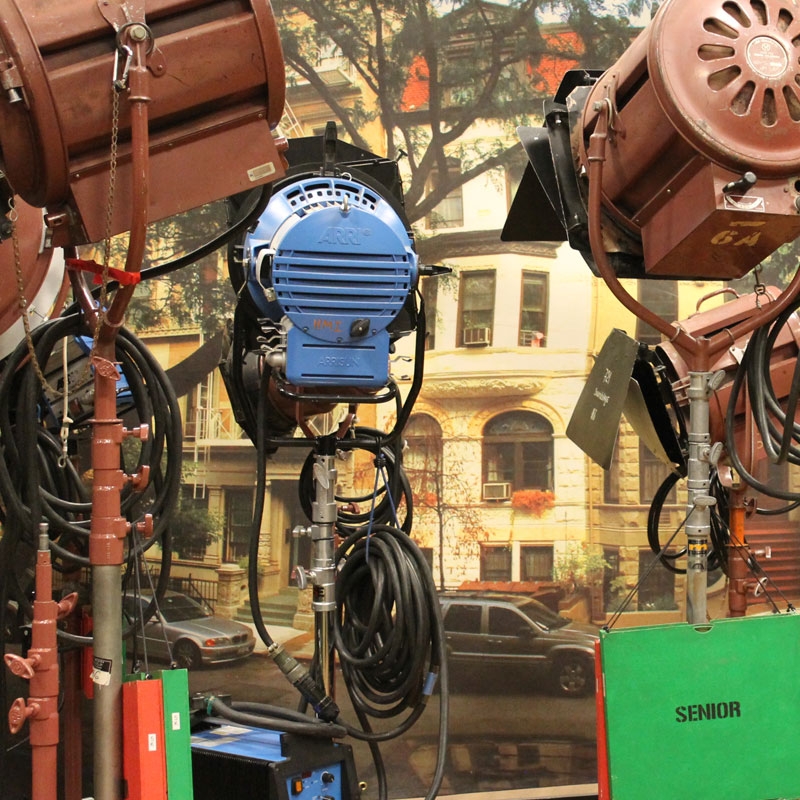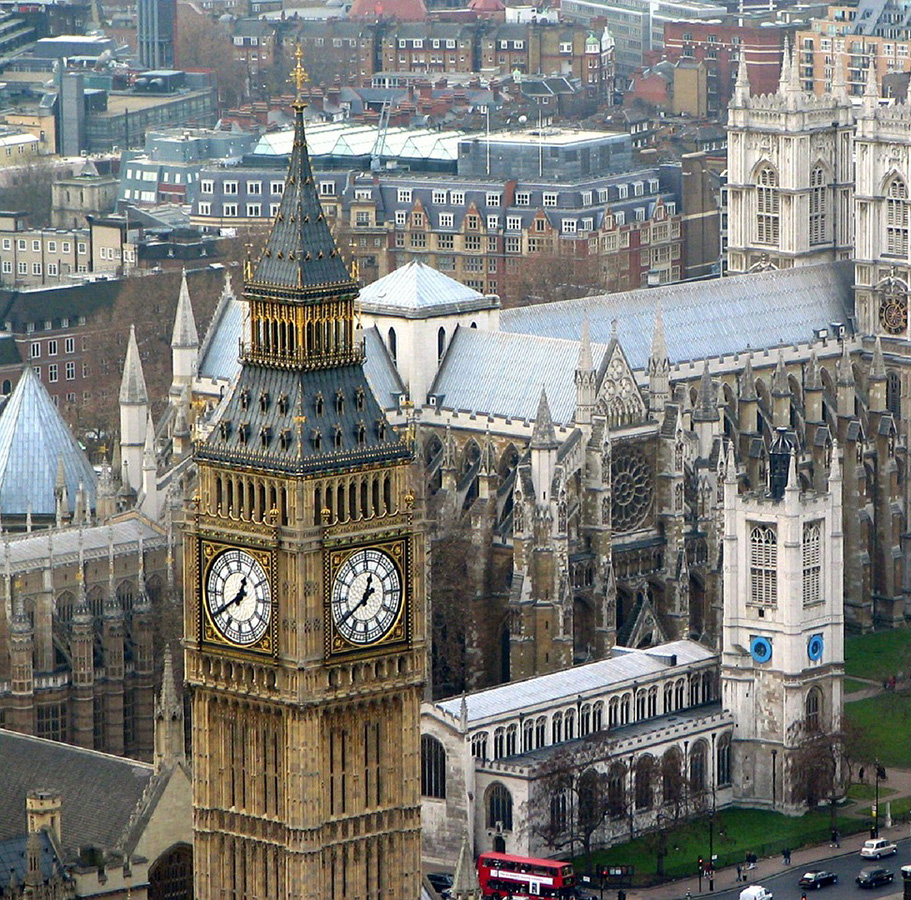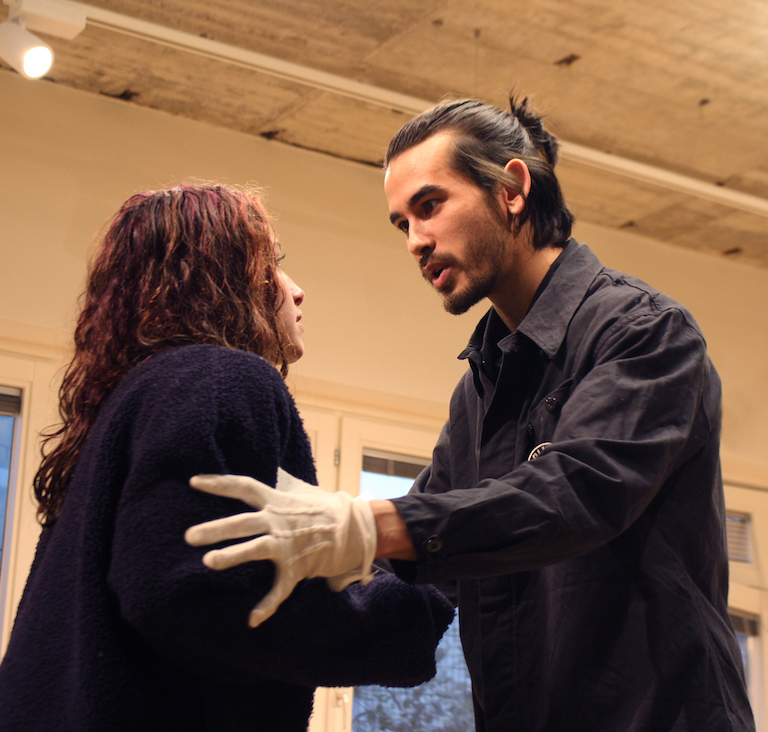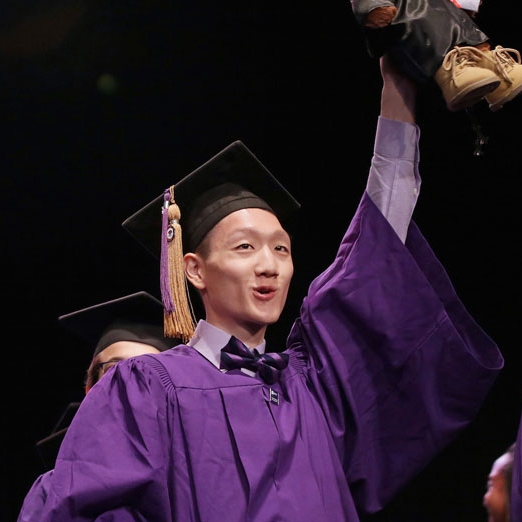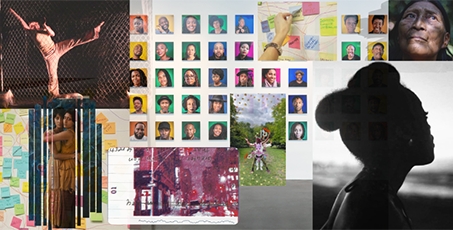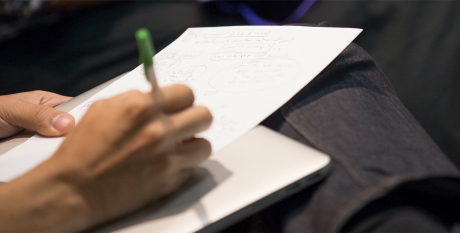Cuba is a nation experiencing cultural and historical changes. The United States Department of Commerce announced amendments to certain sanctions and restrictions back in January, and in March President Barack Obama became the first president since 1928 to visit the island. Even commercial flights are now offered daily from the U.S. to Havana.
While Cuba is now an accessible destination for many, Tisch Special Programs has been offering students the opportunity to travel to Havana since 2001 through our study abroad programs. One of those programs is Photography: On Location in Havana, which is offered during the spring and summer terms.
In summer 2016 Maureen Muse, a visiting student from Paris, went to Havana with Tisch. Some of Maureen’s work from Photography: On Location in Havana was featured in the October 2016 issue of Vice. Here’s what she had to say about her experience:

Internet Portraits, June 2016 by Maureen Muse
Why did you choose to study photography in Havana?
I chose to study in Havana because of the recent relationship between the U.S and Cuba. I had always known the history from the 1960s, and when I found that NYU was offering a program for students I knew it would be perfect. I wanted to be around students and understand through Cuban students what could happen in the future.
Were there differences you observed in people you photographed in Havana as opposed to when you photograph in Paris or other locations?
Yes. A million times yes. In Paris I rarely photograph people anymore because I will most likely get yelled at, or I run that risk. If the photo is really worth it to me I go for it or I take the photo quickly then run. When I first moved to Paris I took so many photos on a film camera because I wanted to teach myself photography. Now I still take photos when I travel, but in Paris I have specific projects.
In Havana, only a few times I was asked not to take photos, but for the most part people are almost flattered to have their photo taken. I think both are great. In Paris they don't know they are being photographed so it's more candid and poetic and in Havana it can be more dramatic.
What makes Havana a unique study abroad destination?
Well, Havana is magic. I don't really know how else to describe it. It is unlike any place I have ever been and I think that is in large part due to Cubans. There is a warmth and kindness with all the people I encountered in Havana. I don't think I was just lucky. Cubans are so eager to share their histories and learn about yours.
You were recently featured in Vice for your photos of internet cafes in Cuba. Can you describe what inspired that photo series?
I took that series because I thought the amount of people sitting together in such large groups, so close together but so distracted from their surroundings was interesting. When we are on our phones or laptops, we focus in and do not see what's going on around us. Even when I took those photos many people did not even notice me taking the photograph. After the series was featured, it was also another reminder of how important it is for Cubans to have access to the internet, not only for information, school, and work, but also to communicate with their families abroad.

Internet Portraits, June 2016 by Maureen Muse
Besides this photo series, what other photo projects did you create during your time in Havana?
I also photographed the Malpaso Dance Company during their rehearsals in Synagogue and the Sala Ramon Fonst stadium. Also, I took a lot of photos of my film cameras.
Do you have any memorable stories or experiences from your time in Havana?
There are too many. I think about Havana all the time. I guess other than how much I love the other girls in the program and how much fun we had, I loved photographing in the Sala Ramon Fonst. I made friends with the guard who worked there. His name is Mandi. He was a professional basketball player and now he sits in that stadium all day.
Professional artist and photographer Adrián Fernández was your primary instructor in Havana. Can you describe one or two things you learned from him during the program?
Adrián taught me so much about how to really look at a photograph. Take your time with every image, down to the smallest detail. Then, create a story so the photographs work together, building a narrative. Adrian is a really great photographer and I think because he is also an artist and went to school for fine arts he understands so many different approaches in photography.

Malpaso, June 2016 by Maureen Muse
What was the most inspiring moment for your work during your time in Havana?
Walking around the city alone. Meeting people in just an afternoon and sharing stories. I think something that I learned in Paris was to get lost in the city. Don't have a direction just walk. That's what I did in Havana and that's how stories unfolded.
What projects you are currently working on? What's next for you?
I am completing my thesis this year, on gesture and resistance. I am actually looking at Cuban dance as a form of resistance. Hopefully I can get back to Havana in February for a month or two to complete some work for my thesis. Other than that I am just working on some exciting projects in Paris at Parsons. Then in May is graduation and I am off into the world!

Not Moving, June 2016 by Maureen Muse
The application for Photography: On Location in Havana, summer 2017 is open through March 2, 2017. Visit Tisch Special Programs for more information and how to apply.
More of Maureen's work and work by other Havana alumni is available to view on our website. You can also visit maureenmuse.com and follow her on Instagram.
